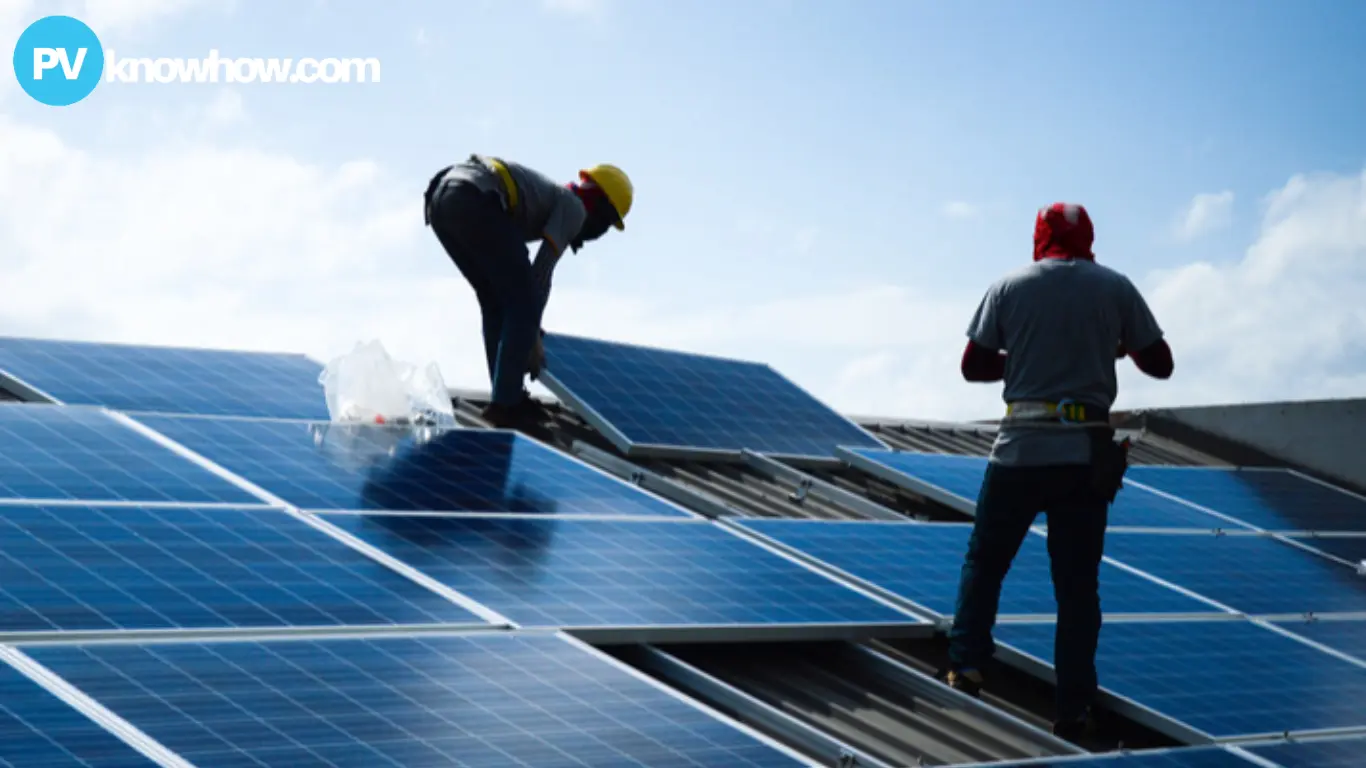Norway, famed for its stunning landscapes and vast hydropower resources, could install 31 GW of solar PV on its buildings. A recent study explores the potential of this massive solar capacity and the challenges of incorporating it into the national grid.
Unveiling the Solar Potential
Beyond its renowned landscapes and hydropower, Norway is poised for a major advancement in renewable energy. A recent research paper finds the country has the potential to deploy 31 gigawatts (GW) of solar PV across its buildings. This study highlights both the significant opportunities and the challenges of integrating this solar energy into the national grid—a move that could drastically transform the nation’s energy landscape.

Image: Collected
Ready to make big Profits?
The solar Industry is Booming
WE HELP NEWCOMERS to the solar industry start their own solar module production line. Customers can make BIG PROFITS by selling modules and finding investors, without wasting money and time on things they don't need!
Spearheaded by Hassan Gholami, a consultant for Norway’s Multiconsult, the research meticulously evaluates the feasibility of installing solar photovoltaic (PV) systems on building walls and rooftops throughout the country.
Using hourly electricity demand data from 2013 to 2021, PV system simulations, and Geographic Information System (GIS) analysis, the study estimates a technical potential of 87 GW for solar power on buildings. The eastern region of Norway, which includes the capital city of Oslo, emerged as the area with the highest potential.
The research, however, goes beyond technical calculations to examine the practicalities of integrating this solar capacity into Norway’s existing electricity grid.
Integrating Solar Energy into the Grid
The study suggests that up to 36% of the technical solar potential—equating to around 31 GW—could be feasibly integrated into the national power system. This level of integration would align well with Norway’s electricity consumption patterns, ensuring a stable and efficient energy supply.
“Integrating photovoltaic capacity up to 36% of the calculated capacity, which will be 31 GWp allows smooth incorporation of solar power into the grid, effectively matching production with consumption,” the research paper explains. “Within this range, the grid efficiently absorbs the generated solar energy, ensuring stability and sustainability.”
However, the study also cautions against exceeding this threshold. Beyond 31 GW, the disparity between solar production during peak times—particularly in summer—and actual consumption could lead to energy losses or require exporting excess power. This highlights the need for careful planning and coordination among policymakers and grid operators to balance solar generation with demand.
Despite the potential of integrating 31 GW of solar power, the research indicates this would still fall short of meeting Norway’s annual energy consumption of 132 TWh, since the estimated annual solar production is only about 65 TWh. Therefore, solar energy must be supplemented by other renewable sources like hydropower to meet overall demand and support Norway’s renewable energy goals.
Recent Developments and Future Prospects
Norway’s solar energy sector has already shown promising growth. By the end of 2023, the country had reached a cumulative installed solar PV capacity of 597 megawatts (MW), a significant increase driven by the successful connection of two large-scale plants. Authorities attribute this record growth to increasing interest and investment in solar energy projects.
Several companies are actively pursuing utility-scale solar PV projects across Norway, with many at various stages of the approval process. A comprehensive overview of these projects is available on the Norwegian Water Resources and Energy Directorate’s (NVE) website, reflecting robust activity in this burgeoning sector.
“A compelling forecast indicates that several of these entities are poised to realize their first utility-scale solar PV sites by the conclusion of 2025, ushering in a new era of solar energy deployment in Norway,” Gholami said.
Norway’s potential to deploy 31 GW of solar power on its buildings offers a transformative opportunity for its energy sector. The study emphasizes the importance of carefully integrating this capacity into the national grid to ensure stability and efficiency. While solar power alone cannot meet all energy demands, it can significantly contribute to the country’s renewable energy goals when combined with other sources like hydropower, positioning Norway as a leader in renewable energy adoption.



